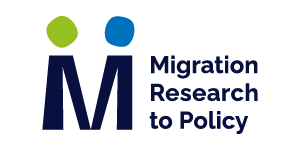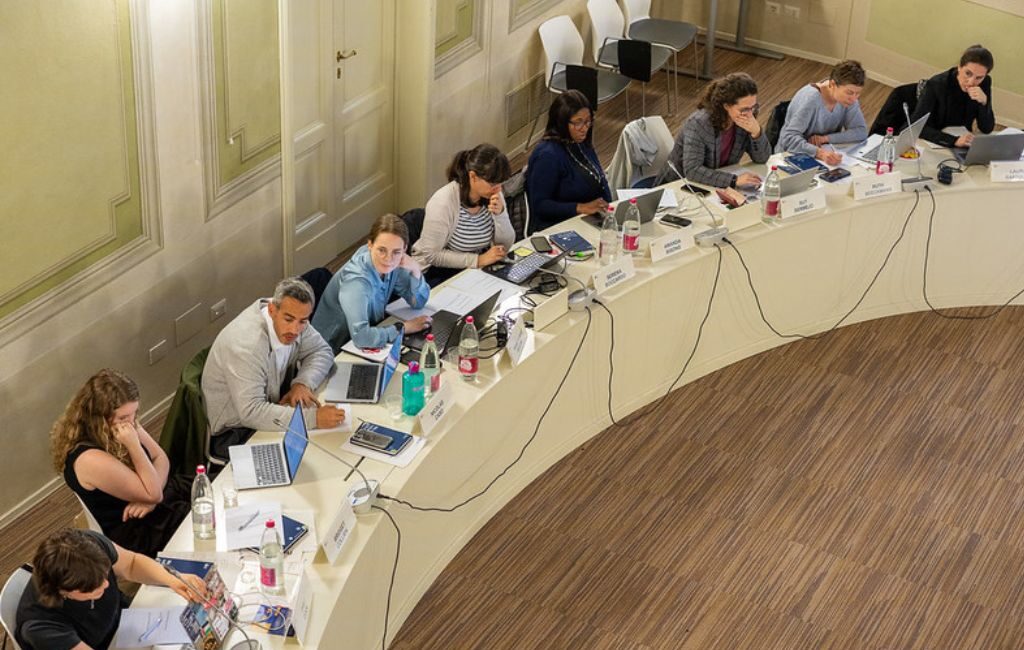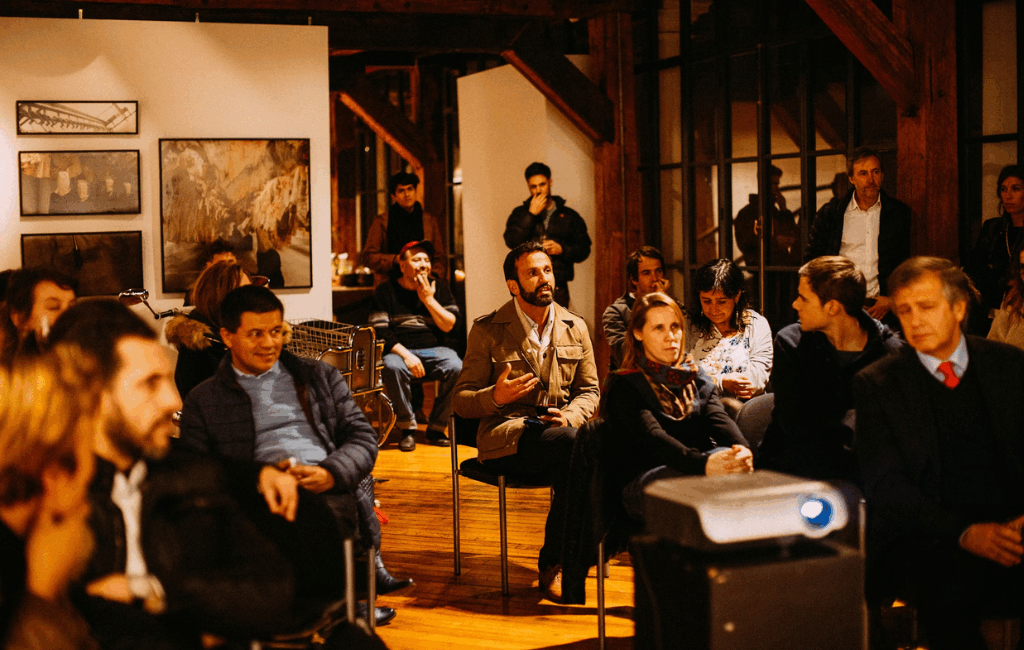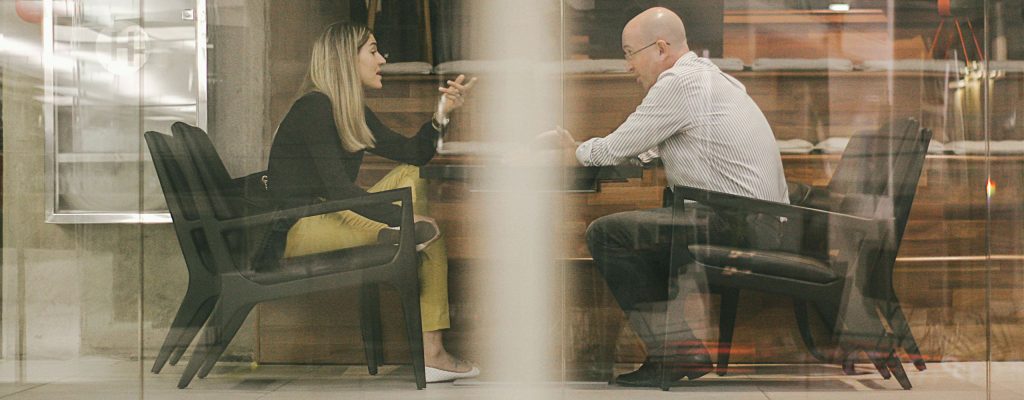
Engagement hub
Why migration studies should use design thinking
Author
About
Jutta Bissinger, Nora Trausch, and Birte Nienaber
engagement approaches
Have you ever wondered how to close the gap between policy targets and the lived experiences of migrants? How to get policymakers to understand and to tackle issues that feel worlds away from their own experience? How migrants could convey what matters most to them to those in power?
One answer could be design thinking!
This creative approach brings people from all walks of life together, helps them understand each other’s realities, and co-create new, practical solutions that work for those impacted the most. In this short, we explain what design thinking is, how it could improve collaboration between migration research and policy, and tips to get started.
What is design thinking?
Design thinking was initially applied in engineering and design, but nowadays, it is widely used in many different areas to challenge the status quo. Design thinking fosters creativity and co-creation and, importantly, centres the end-user at every stage of the design process. This method can help redefine how we view issues and challenge current (false) assumptions, which opens space for fresh ideas!
Design thinking can be divided into 5 phases
1) Empathise: Participants observe, discuss, and deeply understand the problem. Why does it matter? When does it arise?
2) Define: Participants identify the core issue the end-user is facing. What is the real problem at its heart?
3) Ideate: The participants brainstorm freely, generating as many ideas as possible without judgment.
4) Prototype: Participants create prototypes to see how an idea works in practice.
5) Test: Teams of participants present the ideas and prototypes they created. If an idea does not serve the end-user, it is not used.
These phases can help to identify new perspectives and find people-centred solutions.
Figure 1 (source)
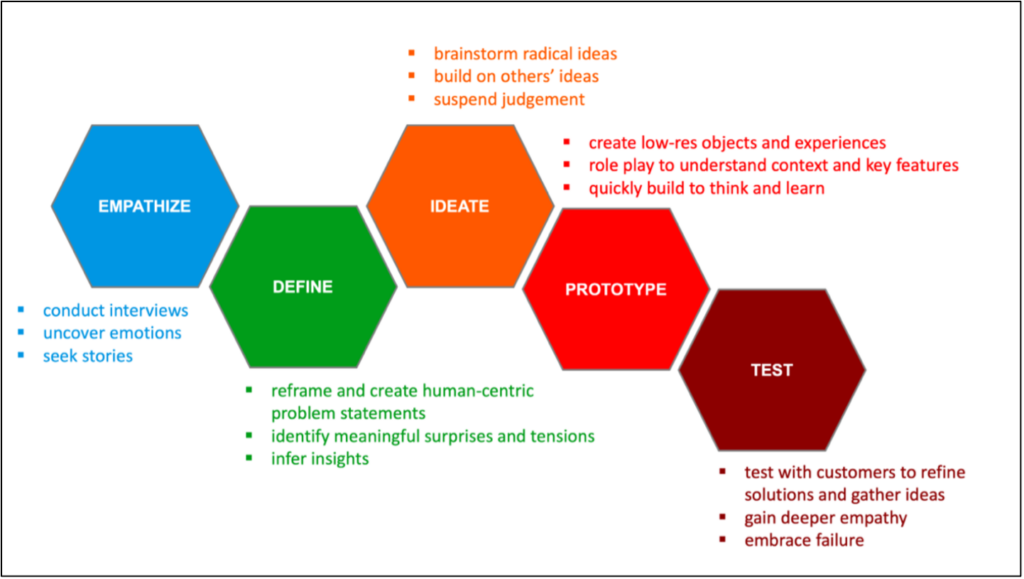
Why you should use design thinking in migration studies:
Design thinking can help researchers and policymakers to innovate in a world full of complex problems. Through design thinking workshops, you can bring together policymakers, migration experts, and migrants themselves to collaborate and think outside the box. This process of including the target group at every stage of the policy design process increases the likelihood of policies having the intended impact! By showing empathy, the participants can create ideas together that tackle the target audience’s needs.
Benefits of design thinking:
- Well-suited to tackle highly complex and not clearly defined issues
- Unites various stakeholders in the policy design process
- Includes the end-user in every step of the process
- Challenges old or false assumptions
- Re-defines complex issues
- Allows for co-creating innovative and practical solutions
- Ensures that solutions centre on the target group
Our experience with design thinking
At the University of Luxembourg, we used this approach during MIMY, a former EU Horizon 2020 project focusing on the challenges young migrants face living in Europe. During MIMY, we conducted a one-day design thinking workshop with policymakers, practitioners in migrant integration, youth workers, and young migrants in nine European countries. Our goal during the workshops was to co-create ideas which could help young migrants tackle the barriers they currently experience. In the end, the best practical ideas were selected and the research team was also approached by the policymakers to repeat such a workshop in future.
Figure 2 (source)
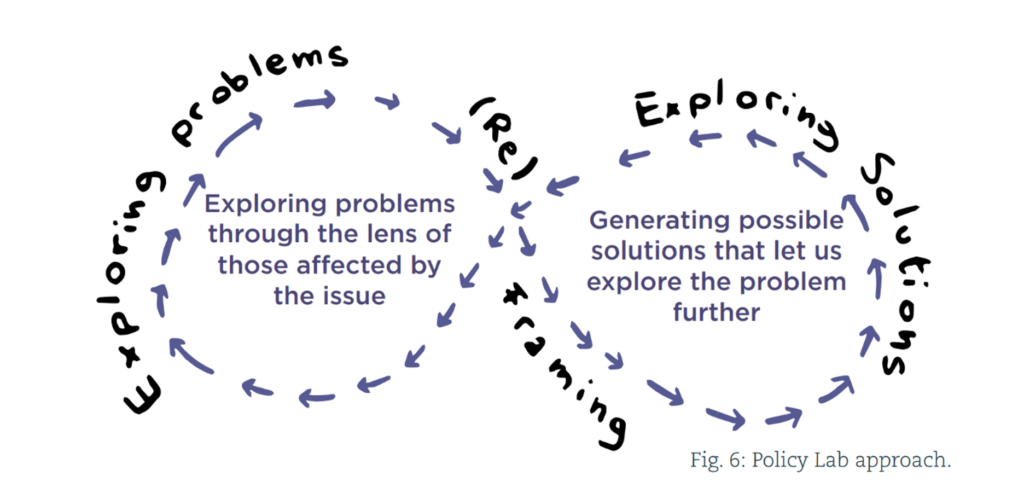
What made the MIMY design thinking workshops successful?
- Participants successfully discussed and defined the difficulties that young migrants face in small groups.
- Migrants appreciated the possibility to present their perspectives to national policymakers, and the format of the workshop could reduce the typical hierarchical power dynamics
- Policymakers valued this new format as they were not used to discussing things directly with migrants.
This enabled them to co-create practical solutions in these small groups. A speaker for each group presented their findings, and at the end, everyone could vote to select the three best solutions.
Ready to give design thinking a try?
Here are five tips you should consider for conducting your own successful design thinking workshop:
- Read more on design thinking, and if possible, take a training session.
- Make sure the atmosphere enables a safe and non-judgmental environment (e.g. consider inviting external facilitators). If needed use interpreters to facilitate discussions and reduce language barriers.
- Make sure that solutions are co-created and practical by designing SMART (Specific, Measurable, Achievable, Relevant, and Time-Bound) ideas.
- Organise follow-up sessions after the main design thinking workshop to optimise outcomes and ensure practical implementation.
- Be flexible! Design thinking is not a rigid method but has to be adapted to the specific needs of the context.
- Read more on design thinking, and if possible, take a training session.
Learn more:
- Report – Design Thinking and Practices Applied to Policy Making
- Blog Post – Design Thinking as a Step-by-Step Process
- Video – Introduction to Design Thinking and Innovation
- Research Project – Migrant Youth Integration & Empowerment (MIMY)
The three authors work at the University of Luxembourg, a consortium partner of the INNOVATE project.
Jutta Bissinger is a Research and Development Specialist at the University of Luxembourg, where she has worked on several EU Horizon projects in the field of migration and asylum, among others MIMY, MOVE, and INNOVATE.
Nora Trausch is a Research and Development Specialist at the University of Luxembourg, where she is working on the EU Horizon 2023 Project INNOVATE.
Birte Nienaber is an Associate Professor in Political Geography at the University of Luxembourg. She coordinates the National Contact Point Luxembourg of the European Migration Network (EMN Luxembourg) and the European Union Agency for Fundamental Rights (FRANET). She has extensive experience in participatory research methods in migration studies and was the project coordinator of EU Horizon 2020 project MIMY and MOVE.
Submit your idea for a ‘short’ to be featured on the Co-Lab.
